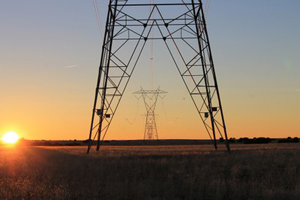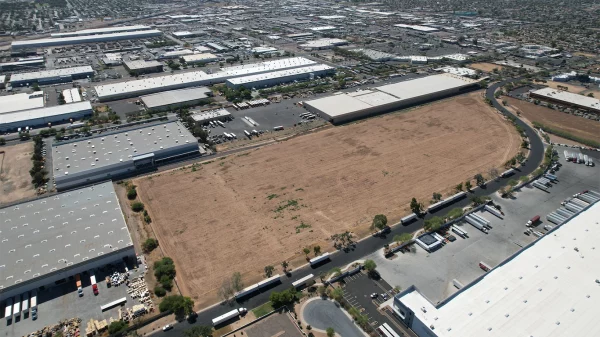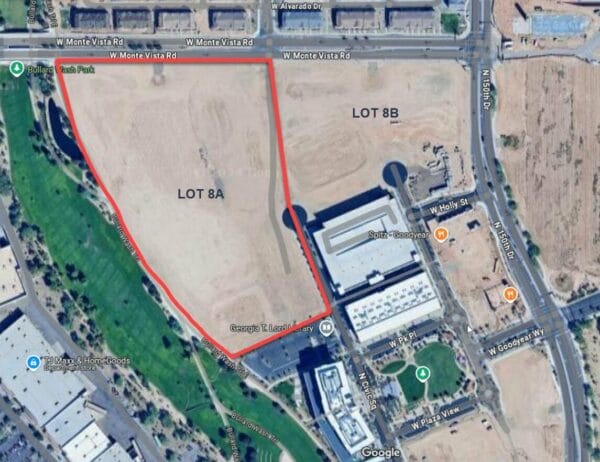By Jonathan Thompson | High Country News
For more than a century, monopoly electric utilities have nurtured the West. They fed the mines and the mills, and now deliver the juice to our thirsty digital devices and air conditioners. Now, it appears as if the offspring is offing its mother, as rooftop solar slowly strangles utilities.
While the green media has gleefully spread word of this apparent matricide, it was first spawned by a report [pdf] right out of the utility industry itself, and then bolstered by a prominent utility executive, lending it credence. The concern from the industry is fairly straightforward: If customers produce their own energy, they won’t need to buy it from the utility, and revenues drop. And if those consumers produce more energy than they use, they become competitors, lower the price of electricity and take another bite out of the utilities’ bottom line until we just don’t need the utilities anymore at all.

The idea of this sort of rooftop revolution is as rousing and lovely as that of wiping out our industrialized food system with backyard and rooftop gardens. But it’s also nearly as implausible for two reasons: scale and dependency.
If any utility should be under threat from rooftop solar, it would be Arizona Public Service. The state is one of the best places in the world to generate solar power, and it has a strong net metering program that allows homes with distributed generation to recoup their costs and then some. APS boasts that 24,000 of its customers have taken advantage of the sun and the incentives. While that’s a hefty number, it represents only about two percent of the utility’s more than 1 million customers. That may put a tiny dent in APS’s $600 million-plus yearly profit, but it’s a long way from being an existential threat. Even the 150,000 solar rooftops in California, with a max capacity of less than half of what Palo Verde Nuclear Generating Station kicks out at any given moment, is a mere drop in the total energy bucket.











